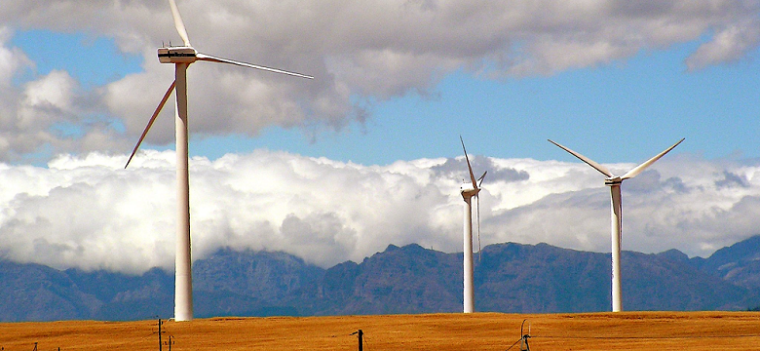News
- Independent power projects (IPPs) essential to electrify Sub-Saharan Africa, according to new World Bank report
- Report draws on case studies from five African countries that have the most experience with IPPs and finds that a sound investment climate is crucial to attract private investment in the sector
Currently, close to 600 million people in Sub-Saharan Africa live without electricity access, underlining the reality that the region simply does not generate enough power to meet its needs. Given Africa’s power sector needs far exceed most countries’ already stretched public finances, it is crucial for governments to attract greater levels of private investment to scale up generation capacity and help take electricity to those who need it most, according to a new report released by the World Bank.
“Independent Power Projects in Sub-Saharan Africa—Lessons from Five Key Countries” draws on case studies carried out in Kenya, Nigeria, South Africa, Tanzania and Uganda—countries that have the most experience with IPPs in the region—to recommend ways to create healthy investment climates for future projects in the region.
The report evaluates the use of IPPs and highlights the challenges policymakers face and factors that can lead to scaled-up and sustainable power sector investment. To attract the private sector, governments must provide a sound investment climate and enabling environment, the report finds.
Enabling factors for an attractive investment climate for IPPs include:
- More competitive procurement efforts from countries in Sub-Saharan Africa, which includes encouraging long-term contracts through a competitive bidding process. This can help secure reduced prices and help avert other issues, such as the possibility of a problematic contract. If direct negotiations are conducted, they should be done transparently.
- Clear and conducive energy sector policies, structures and regulatory environment.
- Systematic and dynamic power sector planning, including the ability to accurately project future electricity demand, determine best supply or demand management options and anticipate how long it will take to procure, finance, and build the required electricity generation capacity.
- Financial viability of the public utility is vital. Given issues such as high losses, poor billing and collections, it will be important to mitigate risk through measures that include providing financial guarantees and security measures to assuage new investors.
Currently, there are 126 IPPs in 18 Sub-Saharan countries, accounting for an installed capacity of 11 GW and $25.6 billion in investments. But to benefit more countries the report recommends these IPPs should be much larger and spread across the region.
